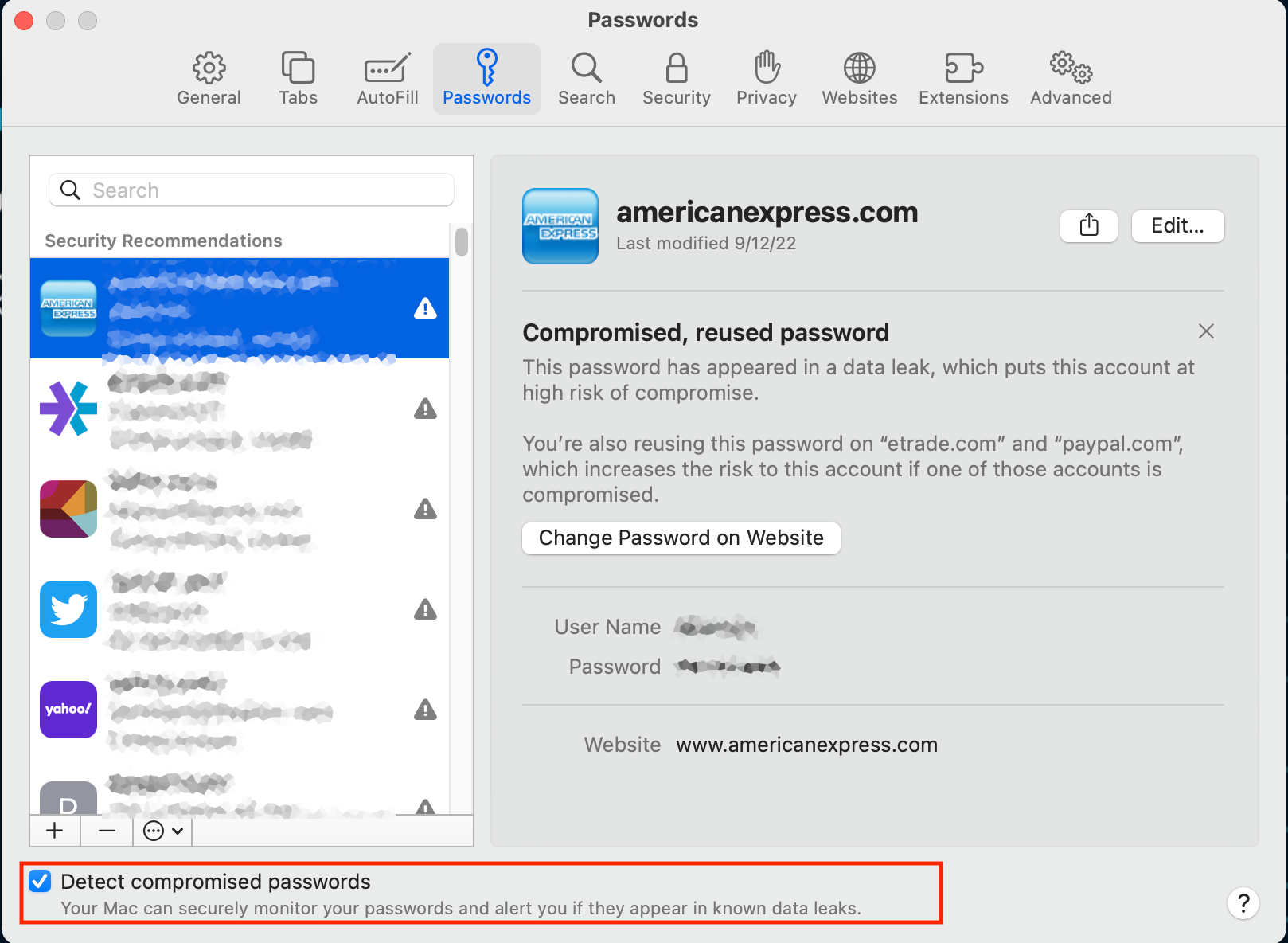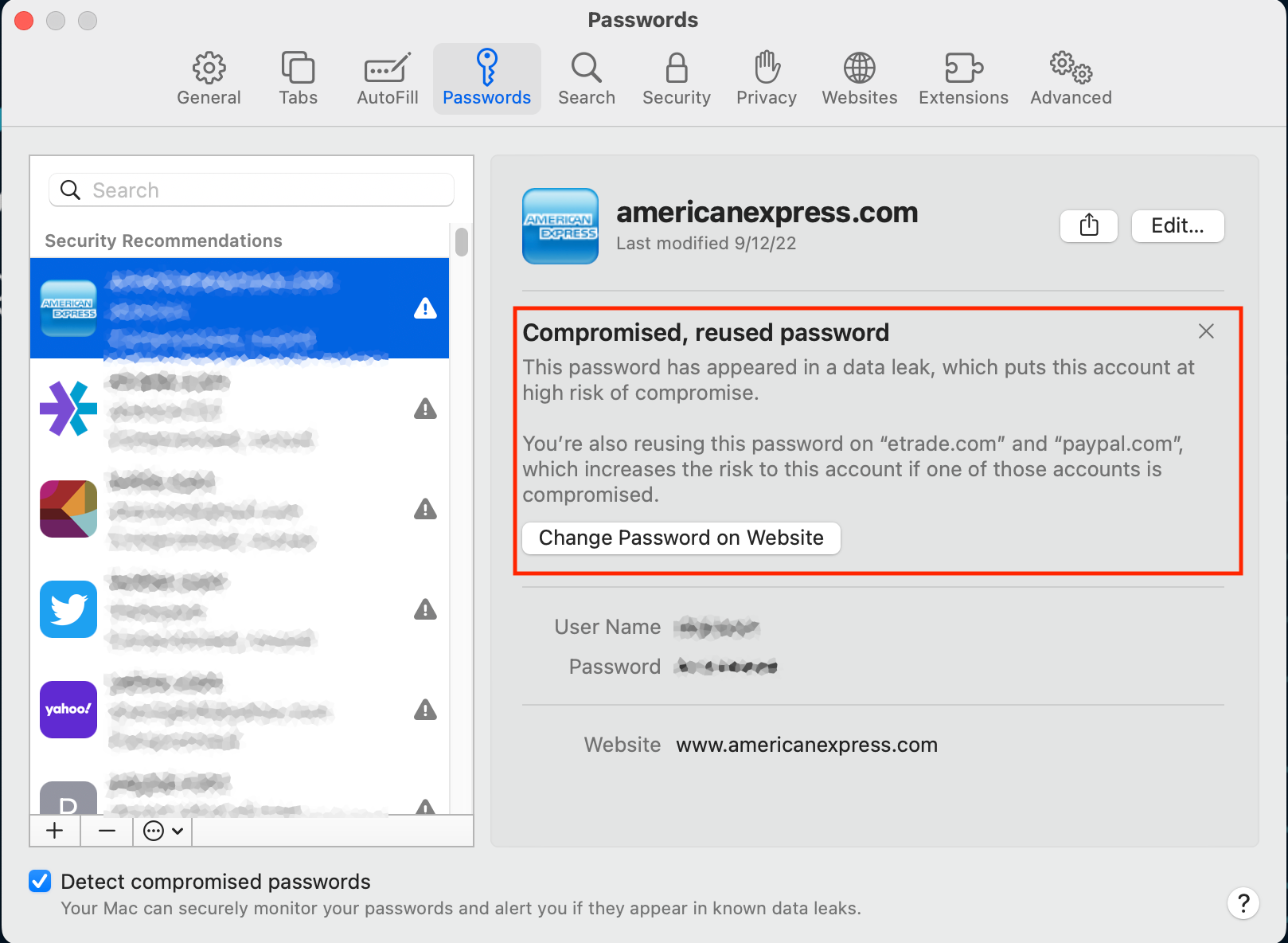Future of Security Awareness Computer-Based Training Market by 2029: Trends and Predictions
The MarketWatch News Department was not involved in the creation of this content.
Mar 01, 2023 (The Expresswire) —
The recently published Security Awareness Computer-Based Training Market Report, spanning across pages, provides a comprehensive analysis of the market, including its classifications, product specifications, manufacturing processes, cost structures, industry chain structure, and market overview. The report also analyzes the market size and forecast of Security Awareness Computer-Based Training by product types (Web Services APIs, Thin Client Applications) and applications (BFSI, Education, Manufacturing), providing top-notch qualitative and quantitative information. The study includes historical and baseline economic conditions, industry trends, market participant financial performance, and key developments in the Security Awareness Computer-Based Training market
Get a sample PDF of the report at – https://www.marketresearchguru.com/enquiry/request-sample/19911674
The Security Awareness Computer-Based Training market has witnessed growth from USD million to USD million from 2017 to 2022. With the CAGR of Percent, this market is estimated to reach USD million in 2029.
The report focuses on the Security Awareness Computer-Based Training market size, segment size (mainly covering product type, application, and geography), competitor landscape, recent status, and development trends. Furthermore, the report provides detailed cost analysis, supply chain.
Technological innovation and advancement will further optimize the performance of the product, making it more widely used in downstream applications. Moreover, Consumer behavior analysis and market dynamics (drivers, restraints, opportunities) provides crucial information for knowing the Security Awareness Computer-Based Training market.
The report also evaluates key opportunities and outlines the factors in the market that are and will drive the growth of the industry. In the context of Russia-Ukraine War and COVID-19 epidemic, it will have a big influence on this Security Awareness Computer-Based Training market.
Furthermore, the report provides insights into the key strategic developments of the…




